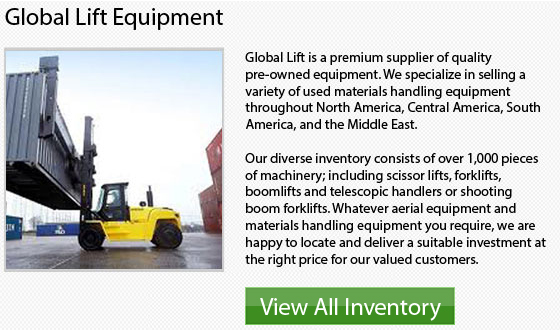
Hyster knows that each and every application and work environment may be somewhat different. This has really inspired the Hyster company to provide a diverse product range of materials handling product solutions for a wide array of businesses. No matter what the environmental conditions are or what your business is we have a machine to get tasks completed effectively and suit your requirements. We have established trusting relationships between production, marketing, and service groups so that we could guarantee you that each and every machinery is made to the highest quality standards and that you will receive the continuous support you need when you have a Hyster equipment on your work site.
Each and every machinery that Hyster sells goes through a nine stage development process from initial concept and design to the production and sale of the machinery. Each stage of the development process has been created to ensure product quality over the machinery's lifetime. Hyster testing centers are able to simulate the life cycle of a lift truck to ensure that the machinery performs as designed and that it lasts.
To start with, Hyster performs a lot of research concerning customer requirements to be certain that we know what all our clients truly want. This research is then utilized to product design. Designs are built utilizing cutting edge computer aided design systems that help to reduce the risk of weak points and make sure that positioning of each component is optimal for both performance and servicing requirements. Afterward, prototypes are made in cooperation with specialists and experts in ergonomics and compartment design. Each and every component and prototype is put through rigorous life cycle testing to find and correct any problems which may lessen the life of a machinery or a part to a less than optimal level. When a machine comes out of the testing stage of development, we want to be certain that it will perform to a high standard. Testing in real life settings is also done so that we could collect more information on the machine's performance and be confident that it would meet the standards required to get the job completed.